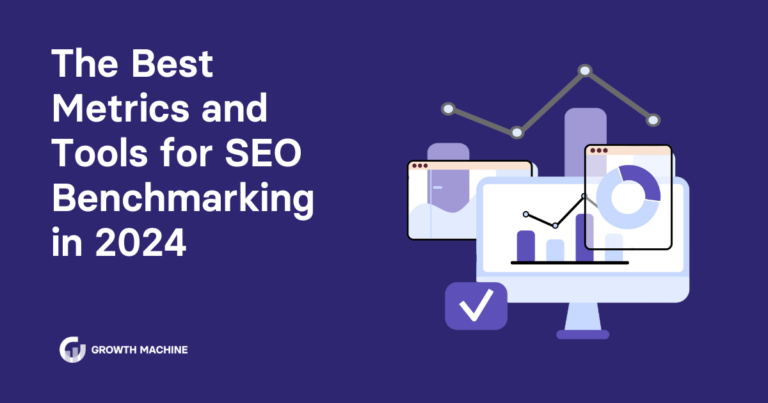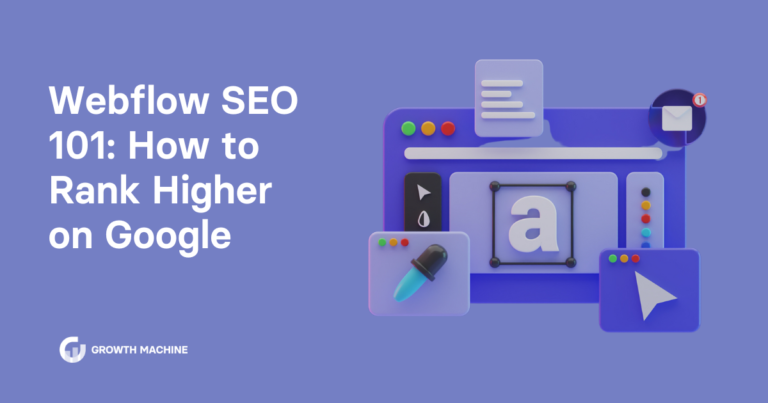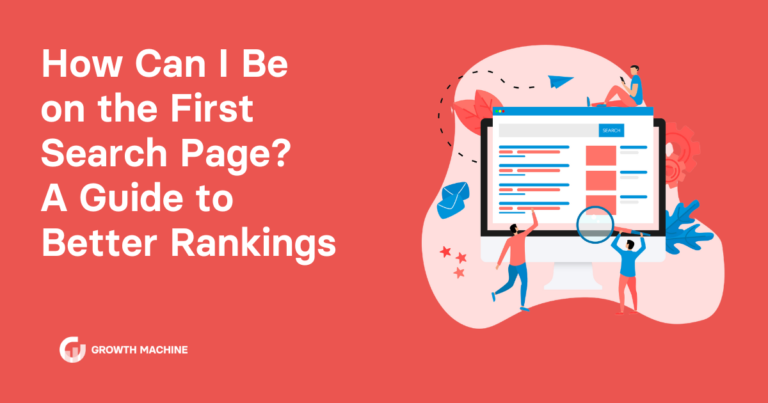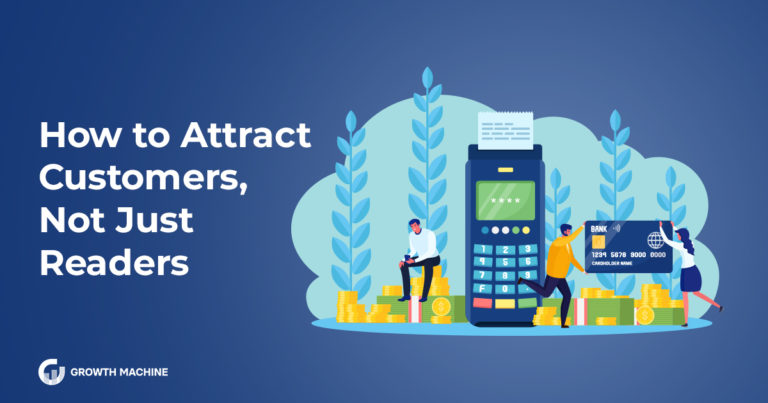Canonicalization SEO: Best Practices to Maximize Content Performance
In a world where content is king, nothing is more important than protecting your content’s integrity. After all, as a marketer, you invest tremendous time and resources into creating high-quality content for your website.
The last thing you want is for that effort to be sidelined due to search engine optimization (SEO) technicalities.
Canonicalization SEO is one way to ensure that your carefully researched and well-crafted content stays intact and gets attributed to a key destination rather than being diluted across different URLs.
In this way, canonicalization plays a crucial role in ensuring that your content doesn’t just survive but thrives and reaches its fullest potential in the search engine rankings.
Keep reading to learn why canonicalization SEO is critical to content performance and how to implement a proper canonicalization strategy for your business.
What Is Canonicalization in SEO?
The simplest way to understand canonicalization is to think of it as the preferred version of a webpage, especially when duplicate pages exist with similar or identical content.
It might shock you to learn that 60% of the internet is duplicate content. This is why Google’s search engine employs over 20 canonicalization signals to ensure users find the best content possible.
Canonicalization signals are like traffic cops, directing the flow of all SEO ranking factors to the URLs that website owners deem most important. This prevents nefarious duplicates and spam, and ensures the content you’ve worked hard to create is given the credit it deserves, both in search engine visibility and user experience.
Another purpose of canonicalization is that it allows you to have multiple versions of a webpage. For example, you might have duplicate pages when you are:
- A/B testing multiple versions of a new landing page
- creating variants of webpages based on customer segments or geographic locations
- designing pages specifically for mobile devices
Canonicalization allows these variations to exist without diluting your SEO efforts.
What Are Canonical Tags and How Do They Work?
Canonical tags, or canonical links, are your direct line of communication with search engines.
These tags are actually snippets of HTML code that tell search engine crawlers which version of your webpage is the preferred one. These tags enable website owners to clear up any confusion when duplicate pages or URLs exist.
Let’s get into technical SEO for a second. Canonical tags are typically placed in the <head> section of an HTML document and look something like this:
<link rel=”canonical” href=”https://www.example.com/your-canonical-page/”/>
In the example above, the ‘href’ attribute specifies the URL that you want search engines to treat as the canonical version.
By including this tag in the HTML of all non-canonical versions of the page, you direct search engine crawlers to the URL that you consider to be the master source. When a search engine crawler encounters the canonical tag, it understands that the page with the tag is a duplicate page or a variation of the main URL.
The crawler then consolidates all ranking signals (such as backlinks and social shares) towards the canonical URL, rather than spreading it out over multiple URLs, so the canonical page gets the full SEO benefits.
Benefits of Canonicalization SEO
Canonicalization is a powerful weapon in the battle for search engine visibility. Here’s why:
Eliminates Duplicate Content Issues
The goal of all search engines is to provide the best possible user experience — this includes delivering diverse highly relevant search results. If your content exists in multiple places, search engines must choose which version to show.
Say the search engine chooses the wrong one. This can lead to an undesired outcome, such as content you consider less important or relevant being displayed over a higher quality piece.
Canonicalization resolves this by telling search engines which version you deem as the ‘master’ copy.
Focuses SEO Value on a Single URL
When you have multiple versions of a web page, each with its own set of backlinks and social shares, the SEO value is diluted.
Think of canonicalization as a sort of funnel, concentrating all that value into a single, preferred URL. This amplifies your content’s ability to rank higher in search engine results, driving more traffic and more potential conversions for your business.
Enhances Crawl Efficiency
Just as marketing departments have allocated budgets to spend on areas like content creation, social media, and SEO, search engines have a dedicated ‘crawl budget’ for each site.
If a significant portion of this budget is spent crawling multiple versions of a webpage, the search engine might not get to the more important pages on your website — a huge missed opportunity!
By specifying a canonical URL, you can guide search engine crawlers more efficiently, allowing them to index more of your website.
Streamlines User Experience
Canonicalization isn’t just about appeasing search engines; it’s also about your audience’s needs. We’ve all experienced the frustration of running a search query, only to be overwhelmed by the amount of similar results from different websites.
This raises questions about which sites are actually trustworthy. By leading your audience to a single, authoritative version of your content, you can avoid confusion and drive more organic traffic for your best web pages.
Shields Against Penalties
Duplicate content can sometimes lead to penalties, either because search algorithms see it as an attempt to manipulate rankings, or because it confuses SEO crawlers.
Canonicalization acts as a protective shield, signaling to search engines that you’re managing your content responsibly.
Facilitates Content Syndication
If you’re trying to maximize your brand’s reach by syndicating your content on other platforms, canonicalization SEO is crucial.
Not only does it ensure that the SEO value of the syndicated content points back to your original piece of content, it also maintains the authority and ranking of the primary content.
Common Mistakes in Canonicalization SEO and How to Avoid Them
Canonicalization issues arise when a search engine encounters multiple versions of a webpage without clear instructions about which one is the preferred, or designated canonical version.
SEO missteps often sneak into a website as it grows and evolves, whether it’s through a misconfigured CMS, a lack of SEO knowledge, or the complexity that comes with growing your website content.
Here are some common ways these issues arise:
- URL Parameters: When filters for sorting or searching on a website become muddled, it can alter the parameters on your URLs and cause issues down the line.
- Content Syndication: Syndicating your content across multiple platforms increases the risk of duplicate content. Canonical tags direct search engines back to the original content on your website and protect your search rankings.
- Session IDs: Some websites attach unique session IDs to URLs in order to track user behavior. This can result in multiple URLs pointing to the same content, causing duplicate content issues.
- Scheme and prefix: If your website is accessible via both www and non-www prefixes, or http and https versions of the URL scheme, search engines might see these as different versions of the same site.
- Trailing Slashes: URLs that end with a slash and those that don’t are technically different URLs, at least in the eyes of search engines.
- Multiple Landing Pages: Businesses might create multiple versions of a landing page for different marketing campaigns or audience segments. If the content on different pages is too similar, the pages can be flagged as duplicates.
Luckily, duplicate content (whether it’s intentional or not) doesn’t have to affect your search rankings. Here are some tips to ensure that your search rankings remain untouched:
- Maintain Consistency in Canonical Tags: Avoid search engine confusion by ensuring that each set of duplicates or similar pages point to a single, consistent canonical version.
- Use Absolute URLs for Canonical Links: Always opt for absolute URLs over relative URLs to help search engines easily identify and give authority to your canonical version.
- Direct Non-Canonical Pages to the Preferred Version: For pages that are not the canonical version, you can add canonical links to the HTML code to ensure that it directs to the canonical page instead.
- Integrate Canonical Pages into Internal Links: This guarantees that canonical pages are well-integrated in your site’s structure and enhances their authority and visibility for both users and search engines.
- Set Correct Cross-Domain Canonical Tags for Syndicated Content: Canonical tags on syndicated pages should always point back to original content on your primary domain.
- Pay Attention to Pagination: For longer form content that spans multiple pages, use “rel=prev” and “rel=next” tags in addition to canonical tags. This helps search engines understand that the pages are related and consolidates ranking signals to the main content piece.
How to Implement Canonicalization SEO Into Your Strategy
When creating and optimizing website content, keep canonicalization top of mind. A thorough understanding of how content interacts with search engines will give you the best shot at dominating the SERPs, and canonicalization is an integral part of that equation.
Here’s how you can implement canonicalization SEO into your content creation for optimal SEO performance:
1. Audit Your Website
Start by auditing your website to identify pages that might contain similar content or duplicate content.
While you can conduct your audit manually, there are some great SEO tools that can make your life easier. URL inspection tools like Screaming Frog, Yoast SEO, or SEMrush can identify duplicate content quickly and effortlessly, freeing up time to focus on other areas of your business.
Working with a content partner that specializes in SEO is a great way to develop a comprehensive canonicalization strategy that aligns with your goals.
At Growth Machine, we perform SEO audits for our clients to identify any canonicalization issues such as duplicate content or improperly set canonical tags. That way, we can nip them in the bud and ensure they don’t harm your SEO, generating a better content ROI.
2. Prioritize and Optimize Preferred Versions
Not all content is created equal, even if it looks similar. If your audit reveals multiple webpages with the same content, you’ll have to decide which URL will be the canonical version.
This depends on a few factors:
- User Engagement: Always choose the version that has the most traffic or the highest conversion rate. If users are organically drawn to that page, something about it is working, so lean into that.
- Backlinks: Opt for the URL with the most quality inbound links. When you’re conducting backlink outreach, you can also avoid issues by asking your backlink partner to include canonical links to your preferred content.
- Optimization: Make sure the canonical version of your webpage is optimized with SEO best practices, including keyword targeting, meta descriptions, and internal linking.
3. Add Canonical Tags
Your canonical tag indicates to search engines which is the preferred version of your webpage.
You don’t have to be a coding master to add canonical tags. To specify the canonical version, simply add a canonical tag to the <head> section of each non-canonical page in the back end of a CMS like WordPress, or ask your webmaster to do it on your behalf.
4. Update Your Sitemap and Internal Links
It seems like a small detail, but the most important ones often are. Updating your XML sitemap list with only the canonical URLs can help you avoid duplicate content penalties and ensures that you maximize the SEO power of your canonical versions.
Canonical tags are most effective when supported by a solid internal linking structure. Update existing content and guide the creation of all new content in a way that ensures all internal links on your website point back to the original content.
This can include link elements from other pages or those sprinkled throughout your blog posts.
Once you’ve added your canonical tags, you’ll have to keep a close eye on your business’s search engine rankings and analytics. This is to ensure that the canonical tags are properly implemented and recognized by search engines.
5. Monitor Search Performance and Review
Once you’ve added your canonical tags, you’ll have to keep a close eye on your business’s search engine rankings and analytics. This is to ensure that the canonical tags are properly implemented and recognized by search engines.
Avoid Duplicate Content Issues By Working with an SEO-Focused Partner
Canonicalization SEO is a highly nuanced, but important part of content creation that often goes unnoticed — until it becomes a problem.
The best way to avoid those problems is to partner with a content agency that specializes in SEO and can help you proactively manage your canonicalization strategy.
This not only improves the chances of your content reaching the intended audience, but it ultimately provides a better experience for both users and search engines.
Book a call with our team today and start reaching more customers through SEO-focused content marketing!







